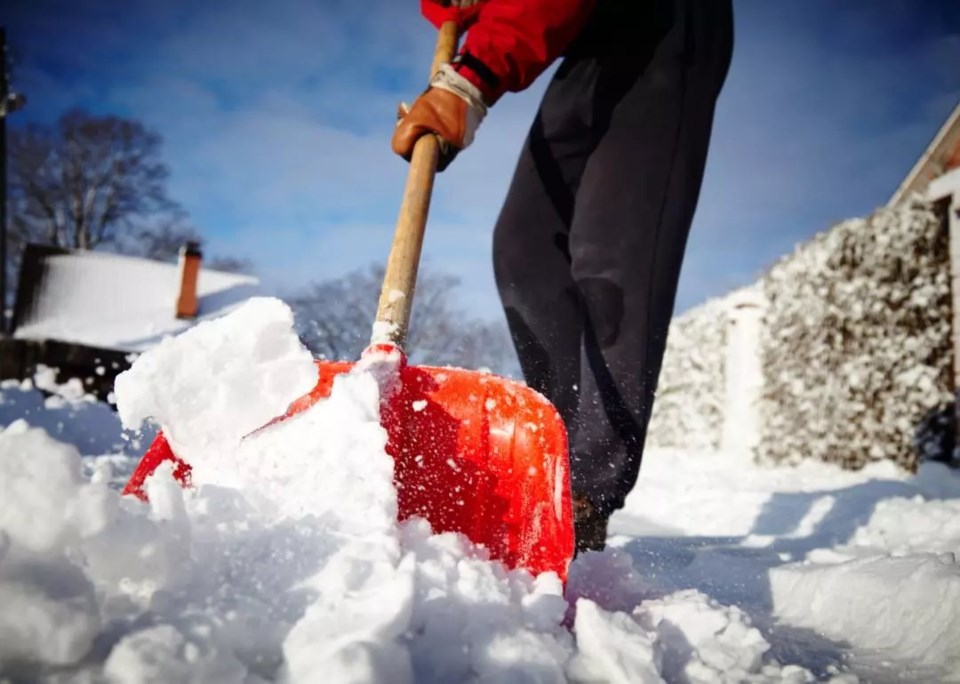For people living in warmer climates, blizzards, ice storms, snowstorms, and other winter-related weather events may not seem as threatening as other natural disasters. You just wait out the snow and you're fine, right? Not necessarily. Ice, sleet, snow, and extreme cold can be just as deadly as fires or hurricanes—especially if you underestimate them.
Many know how to prepare for a winter storm: If possible, park your car inside if you drive (bonus points if you leave a snow brush/ice scraper in the trunk); own a working shovel and a bag of sand or other ; make sure your heating is working and sufficiently fueled up if applicable; service your generator; buy groceries ahead of time; dig out warm socks, gloves, hats, and blankets; locate flashlights and candles, and charge up all your devices in case of potential power outages.
But what do you do after the storm? Even after the snow stops, you can still feel the nasty—and often dangerous—effects. Frozen pipes, freezing temperatures, power loss, and black ice are just a few of the hazards. The key to staying safe is remaining cautious even after you think you're in the clear.
Consider that heading out to shovel snow puts you at risk for several reasons. Overexertion can lead to heart issues— are a major cause of death. Leaving skin exposed to the elements can result in frostbite. Remaining in wet clothes leads to a loss of body heat and increases the odds of hypothermia.
compiled recommendations from the , the , and other experts to put together this list of steps to take after a winter storm hits. Whether you need a refresher, a checklist, or a boost of confidence if you're already on top of all of these suggestions, we're here to help you brush up on what to do and how to prepare for the aftermath of a winter storm.
Read on for tips on preventing illness, shovelling snow safely, assessing damage to your property, and more.
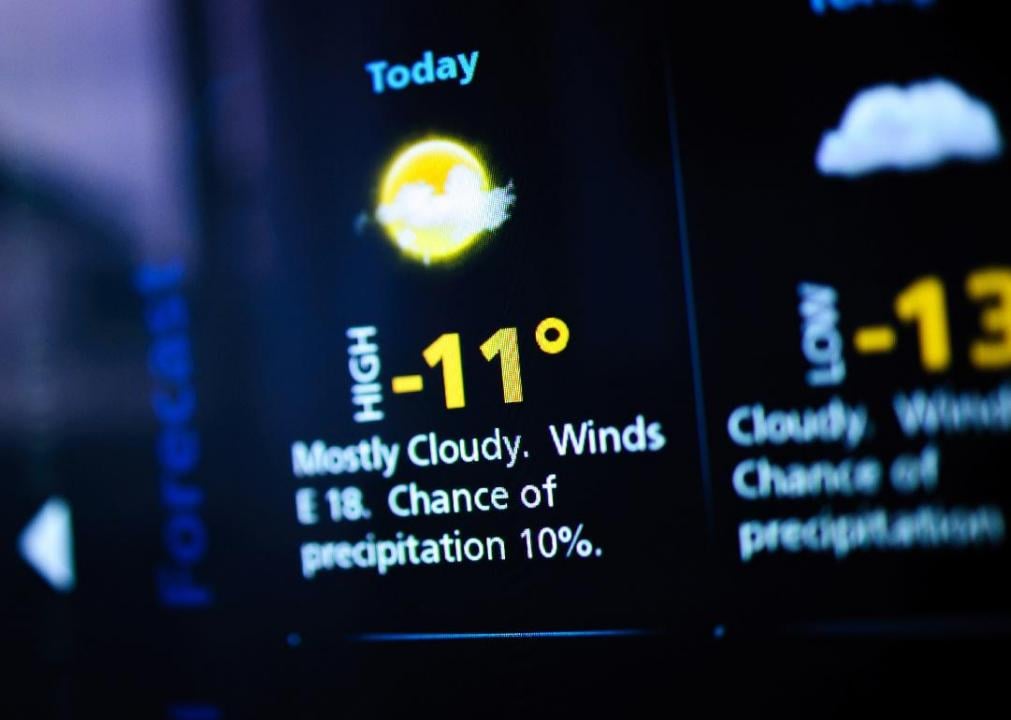
Hadrian // Shutterstock
Monitor the weather closely
Stay informed about the latest weather conditions by watching local news or listening to . Even after you think the danger has passed, it's important to know about road closures, changing weather patterns, and other community alerts. Local emergency services can provide updates if you sign up, or you can download a variety of apps for smartphones or the .
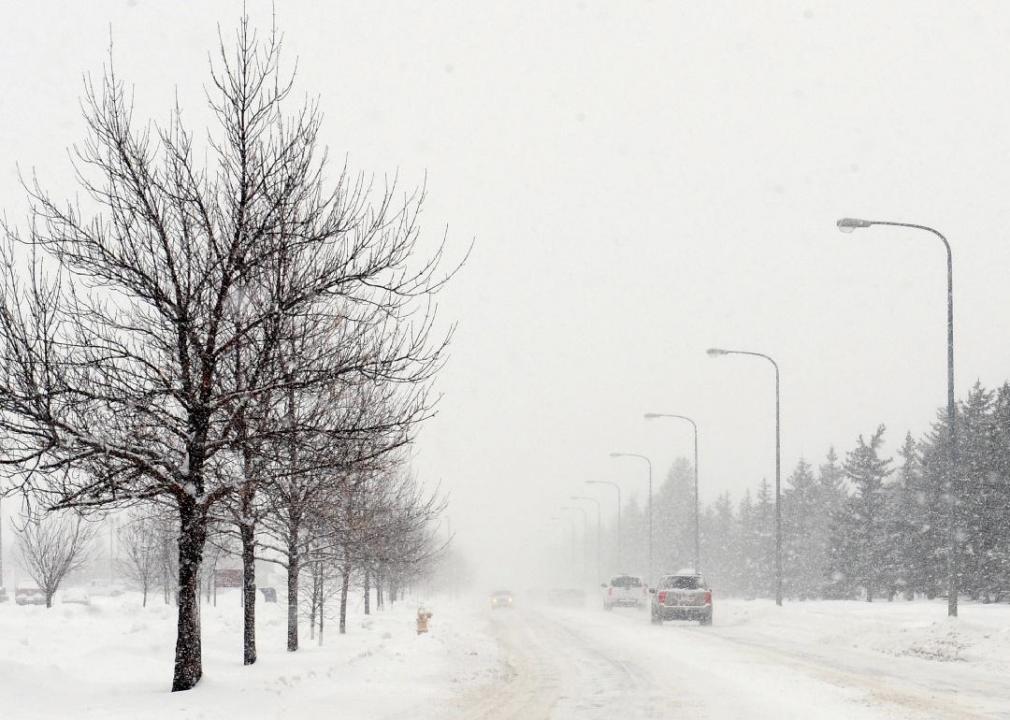
Staff Sgt. Keith Ballard // U.S. Air Force
Avoid walking or driving on ice and snow
Just because the snow is no longer falling doesn't mean driving is safe. Snow can melt, then refreeze at night, creating an even slicker sheet of ice. Black ice—nearly invisible patches of frozen dew—can also create dangerous road conditions. If possible, to venture outside, either on foot or in your car. Alternatively, you can buy a bag of sand or other eco-friendly alternatives to rock salt to sprinkle on walkways and steps to accelerate the process or help with snow and ice removal.
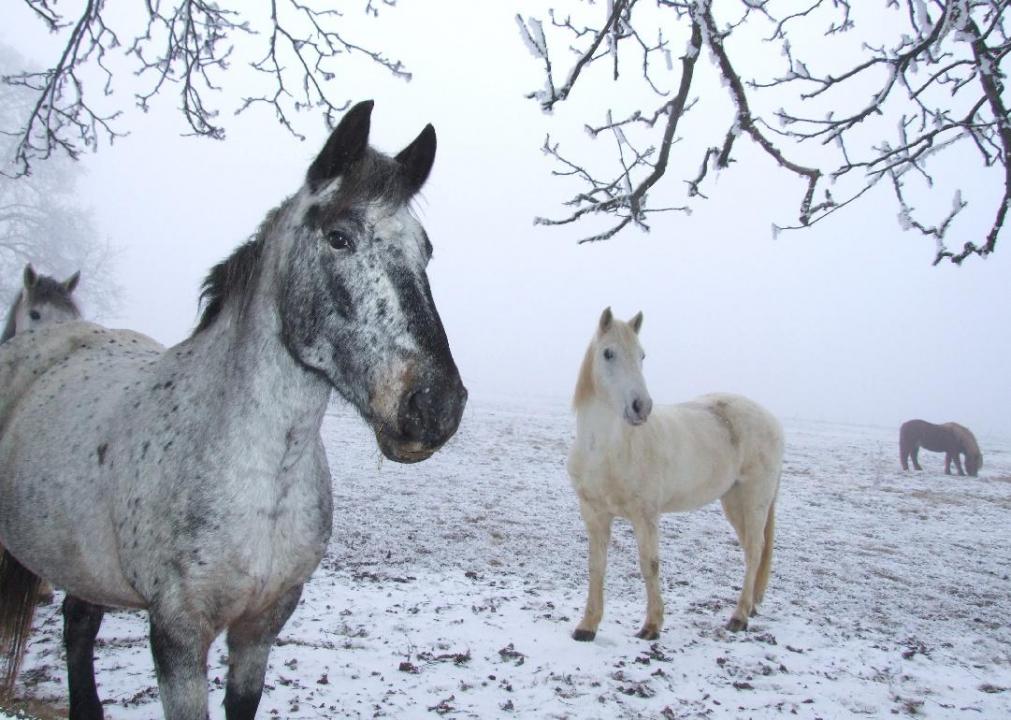
Ellumyne // Wikimedia Commons
Check on animals and people who require special assistance
After a storm hits, to ensure they still have food, water, and heat. If you're able, call any neighbours, relatives, or friends who may need help, such as the elderly and people with disabilities.
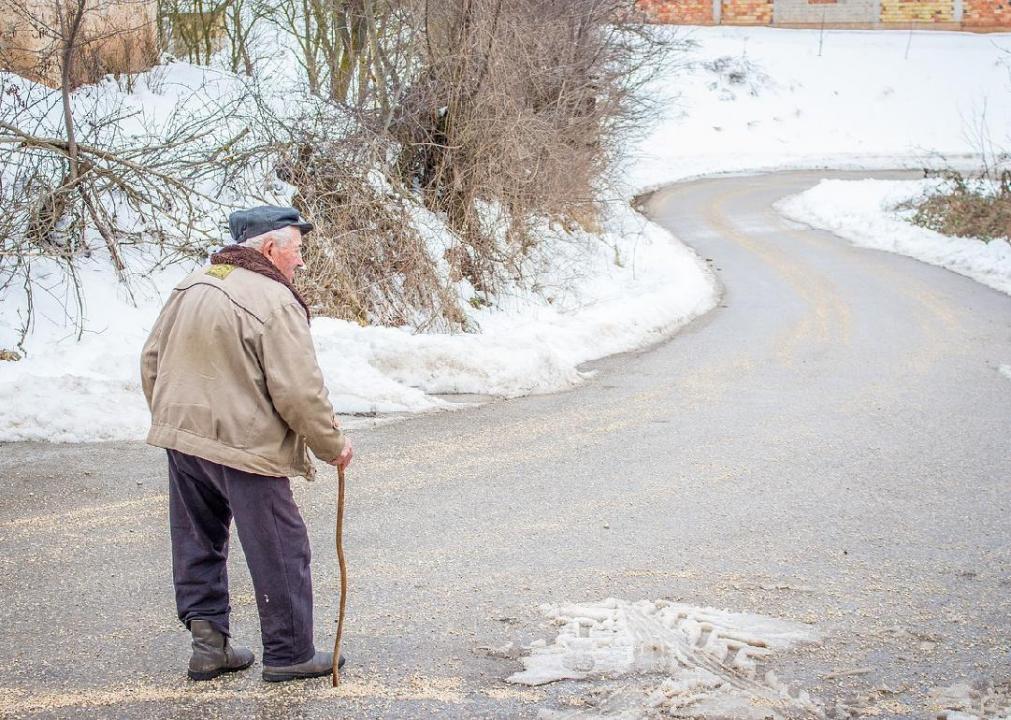
needpix
Let your loved ones know you're safe
The recommends reaching out to loved ones ahead of winter storms you may have to travel through to let them know your route and emergency plan. Whether you follow this precaution before driving or if you're home with anticipated power outages, don't forget to follow up. Get in touch with friends and family after the storm has passed to update them and let them know you're OK. Power outages may cause limited coverage in cell areas, so be sure to try again after an hour to see if coverage has improved.
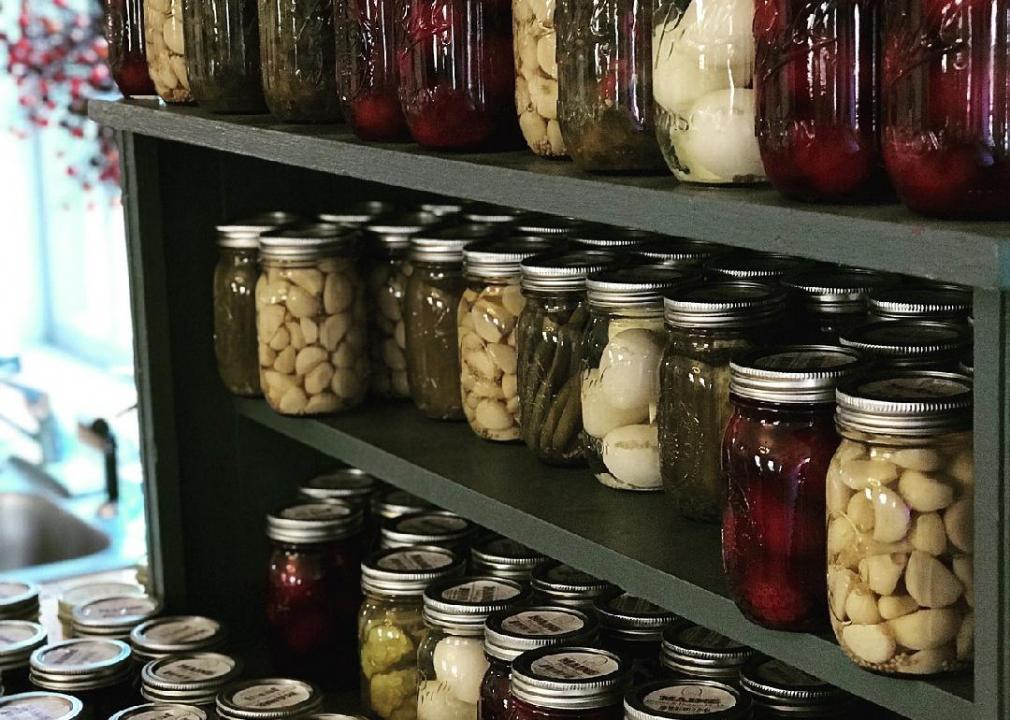
needpix
Conserve food and water
Even if the snow has stopped, you might not be able to get to the grocery store safely. Conserve food and other supplies until you know for sure that you'll be able to buy more. You should also to ensure that the water is safe to drink before using it, as excess precipitation from storms can contaminate the water supply.

Pxhere
If you're stranded in a car, wait for the storm to pass completely
If the storm caught you unaware and you were forced to shelter in your parked car, wait until the storm ends to leave. Never set out on foot when snow is still falling. Anyone who has vehicles in four-season climates ought to make or buy a for the car that includes a flashlight, hand warmers, a multi-wick candle (or two), waterproof matches, blanket, a small shovel, and snow scraper. Hand warmers and candles are particularly important for preventing frostbite while you wait for the weather to improve: A multi-wick candle can heat a car for up to 24 hours, rendering it a life-saving tool in sub-freezing conditions.
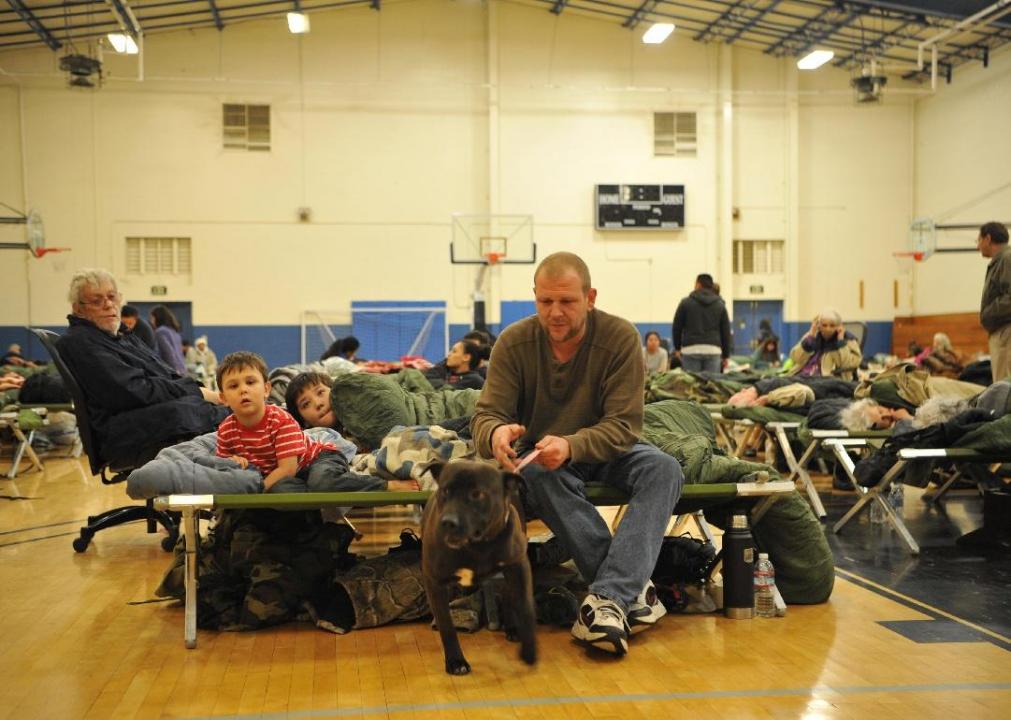
Airman Tristan D. Viglianco // U.S. Air Force
Find the nearest shelter
If your heat goes off during a winter storm, you may be forced to find somewhere else to stay. to find the closest shelter in your area. (FEMA now enables shelters to be found within 200 miles of a person's location based on GIS tracking of their phone.) Chances are, if your home loses heat and power, your neighbours are in the same position, so remember to check on them and their safety as well—particularly the elderly, the disabled, or homes with young children.
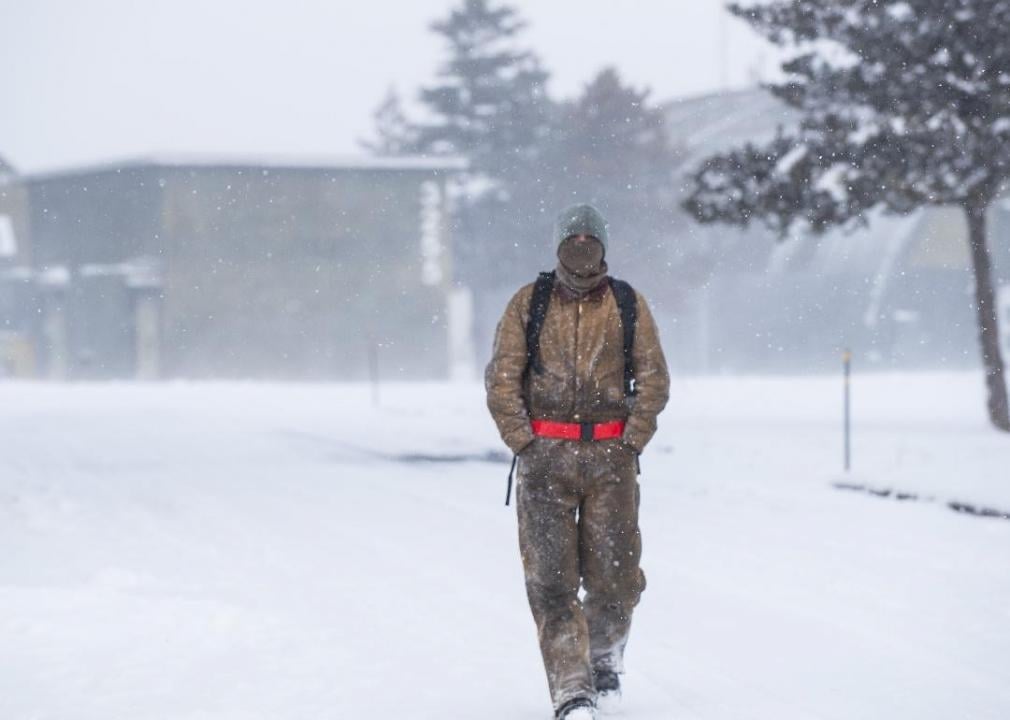
Airman 1st Class Sadie Colbert // U.S. Air Force
Dress for the weather
Wear lightweight layers of warm, dry, loose-fitting clothes to stay warm and prevent frostbite and hypothermia (more on both of these to come). Don't forget your boots, mittens, and a hat. If you shovel, quickly change out of any wet clothes, which make your body extra susceptible to losing heat, and wrap yourself in a blanket. Scarves are also a great measure to protect lungs against cold air.
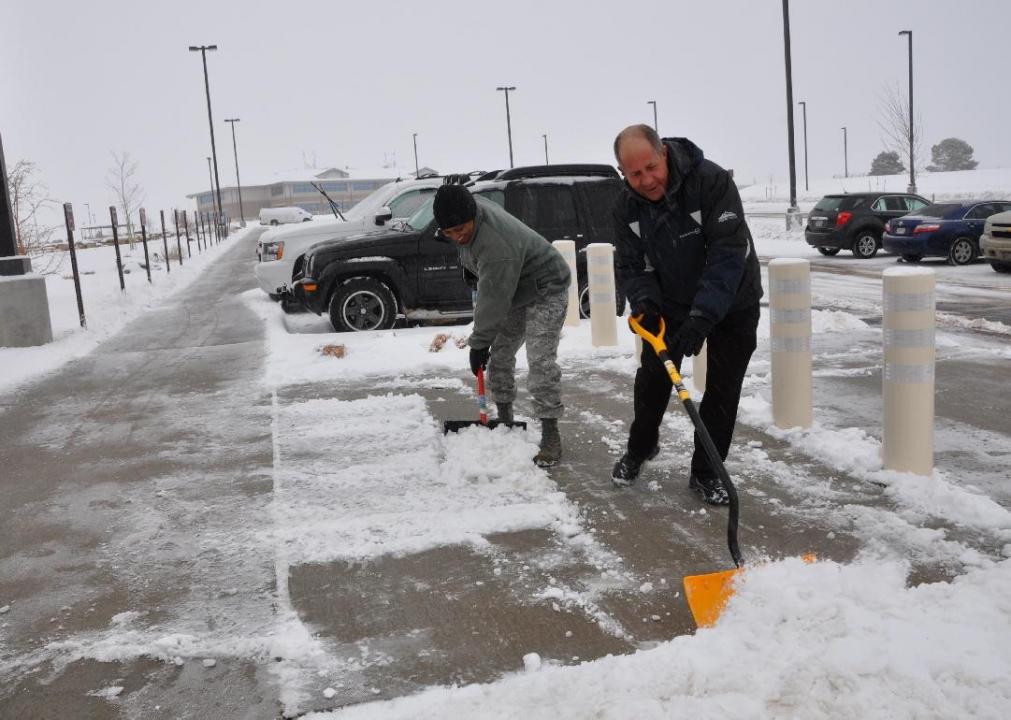
Tech. Sgt. Rob Hazelett // U.S. Air Force
Shovel snow carefully
It's easy to overexert yourself in extreme temperatures. If you need to shovel snow, to prevent injury to your back. You should also take breaks every 15 to 20 minutes to stretch your back and prevent exhaustion. Overexertion can also lead to heart attacks, a major cause of death in the winter.

Winky // Wikimedia Commons
Watch for signs of frostbite and hypothermia
If you spend any time in extremely cold temperatures, you should pay attention to signs of frostbite and hypothermia. , feel firm or wavy, and go numb as frostbite sets in. Telltale signs of hypothermia in adults include shivering, exhaustion, confusion, memory loss, slurred speech, and drowsiness. In children, it may present as bright red skin that's cold to the touch or extreme energy loss.

pxhere
Use flashlights rather than candles
If your power goes out, use battery-powered flashlights or headlamps from your to light your way instead of candles. Open flames can easily cause accidental injuries or fires during storms.
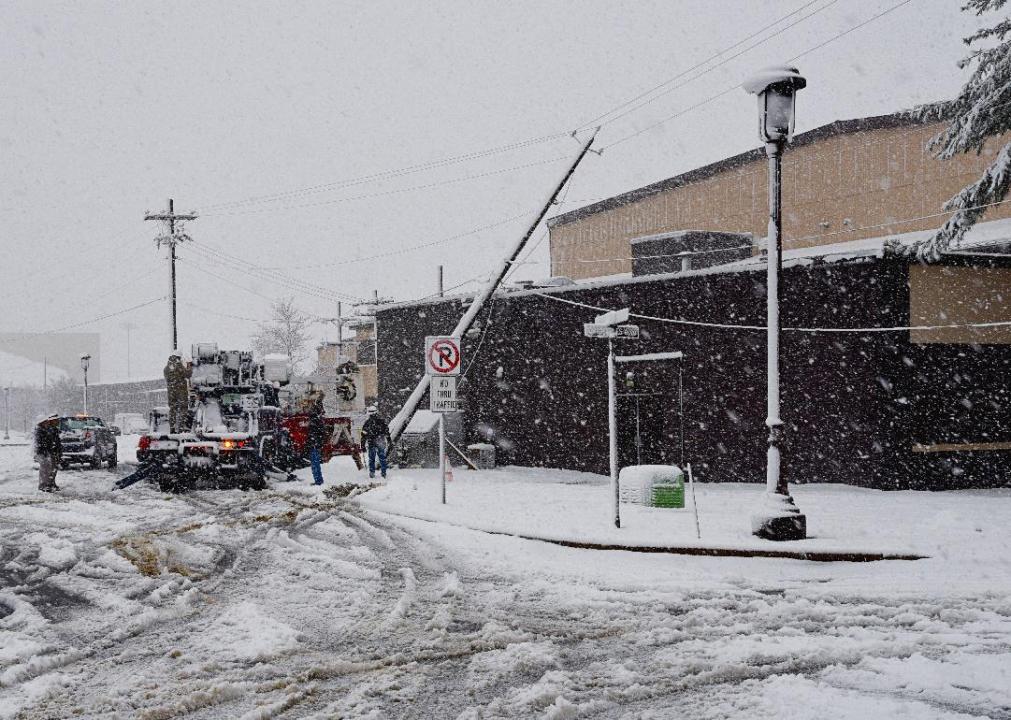
Master Sgt. Carl Clegg // U.S. Air National Guard
Check for downed power lines near your home
Once the storm passes, survey the scene outside before you leave the safety of your home. Look for downed power lines that may have been felled by high winds or heavy snow. If you see any, report them to your local power company immediately and do not go outside. Electricity might still be coursing through the lines.
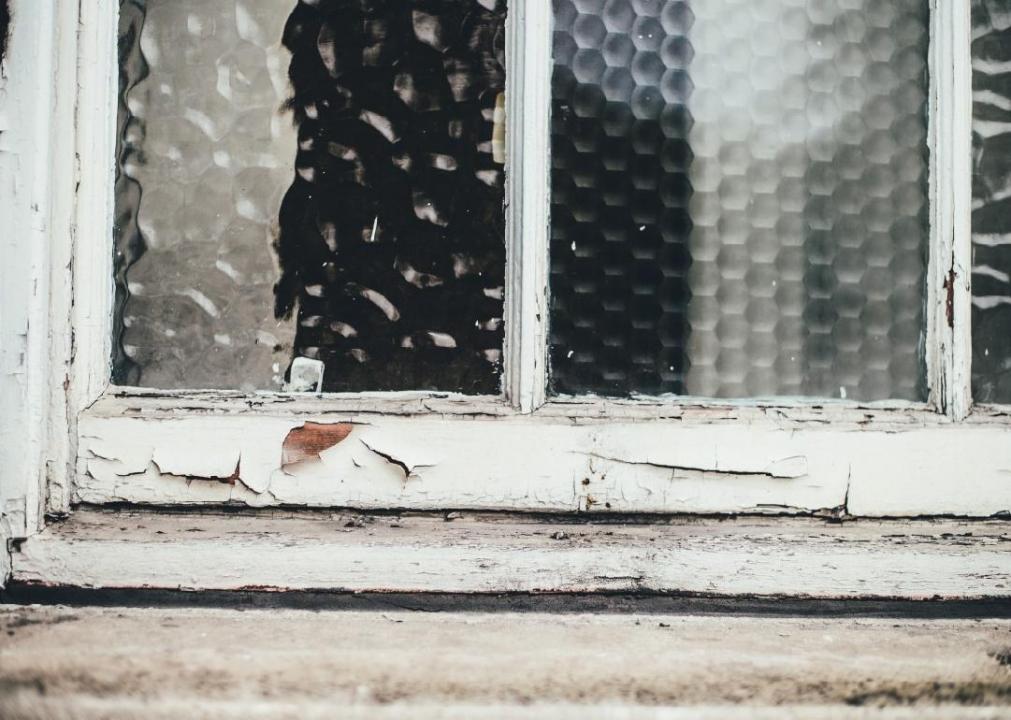
pxhere
Look for broken windows
You should also check your home for broken windows. Not only can the shattered glass be dangerous, but openings can also let in cold air and cause the temperature to drop. If you find any broken windows, cover them with plywood and taped-up blankets to temporarily block out the weather.
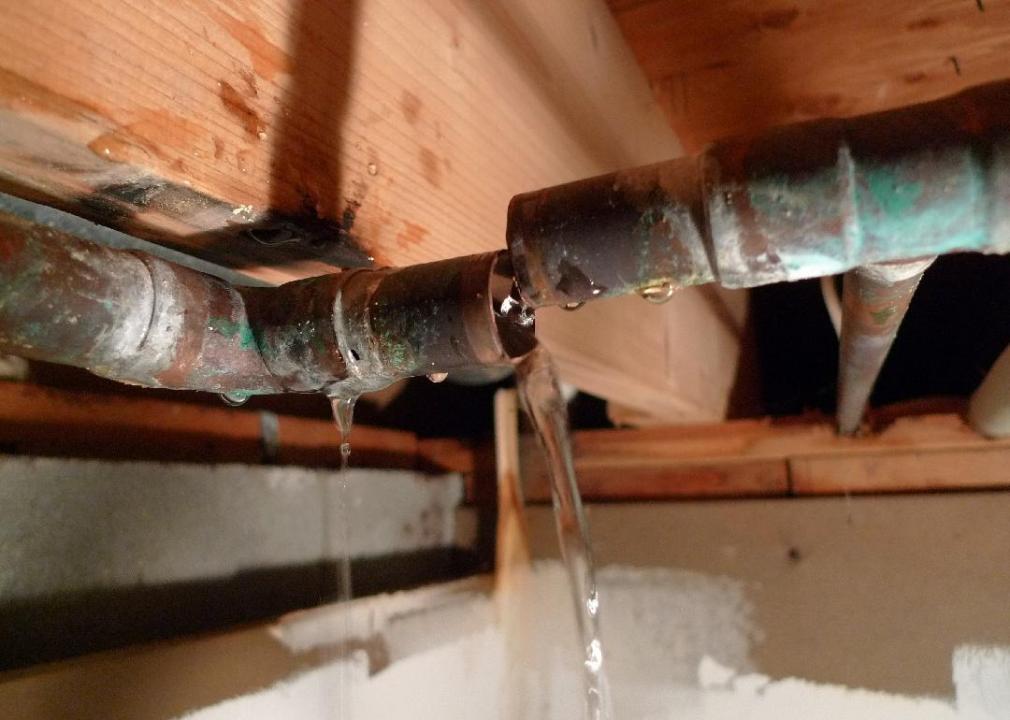
Thirteen Of Clubs // Flickr
Call a plumber to inspect your pipes
Frozen pipes can cause —especially if you don't catch the problem until it's too late. If you suspect that your pipes might be frozen, turn off the water supply immediately and get a plumber to inspect them as soon as possible.
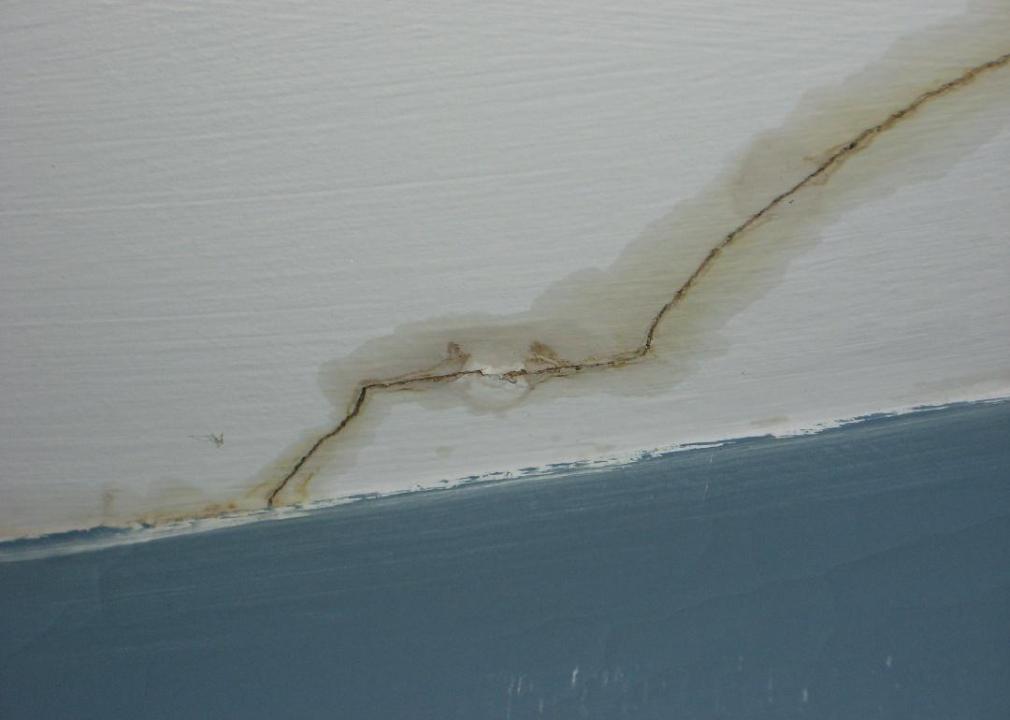
Aaron Gustafson // Flickr
Look for ceiling leaks
After storms, will slowly melt as the temperature rises, leaking in through the shingles and into your home. Inspect every inch of your ceiling for leaks. If you see any potential structural damage, find somewhere else to stay or at least move your family to the other side of the house.
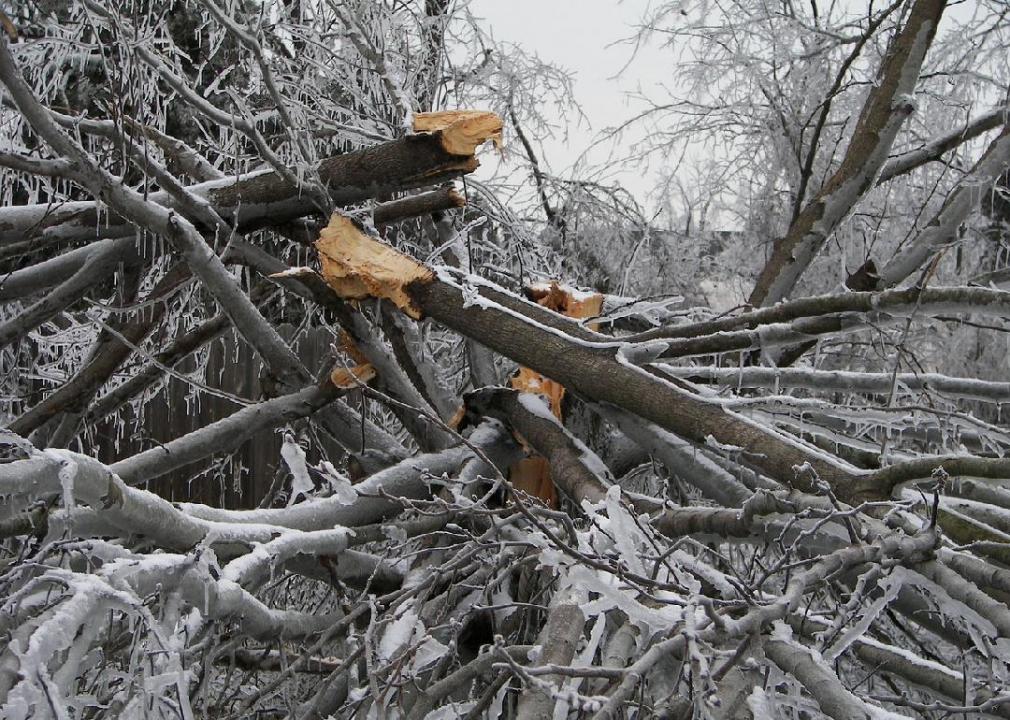
needpix
Check nearby trees for broken limbs
When it's safe to go outside, look closely at any trees near your home. Check for broken limbs and damaged trees that are still standing. If they haven't fallen yet, they could come down at any moment. as soon as possible.

Oaktree b // Wikimedia Commons
Avoid using alternate sources for electricity, heating, or cooking that can cause carbon monoxide poisoning
Every year, an average of . Most of these incidents occur during the winter, often due to people using gas- or charcoal-burning appliances in enclosed spaces. No matter what, do not attempt to use a gas- or charcoal-powered grill, camp stove, generator, or other appliance inside your home—even if the power is out. It's also a good idea to check that your carbon monoxide detector is in good working order.
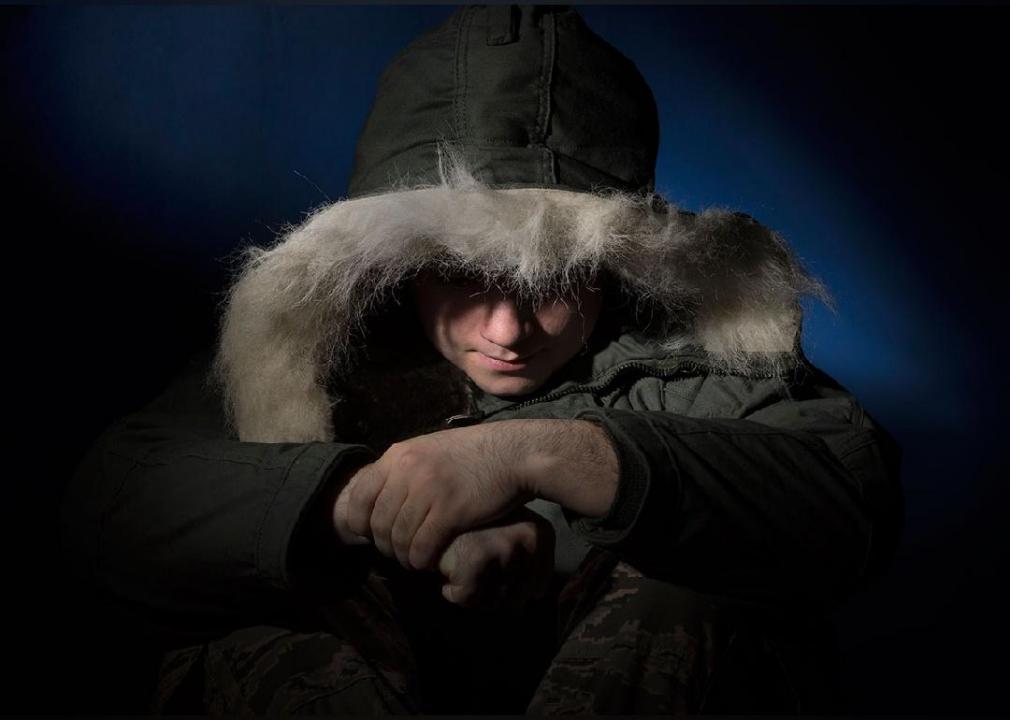
Justin Connaher // U.S. Air Force
Pay attention to your emotional recovery
It's completely natural to feel exhausted, stressed, and drained in the aftermath of a severe winter storm or other emergency. Remember to nurture your mental health as well as physical health after a natural disaster. Eat healthy, get plenty of rest, be patient with yourself, and try to stay positive. If you need to talk to someone, at 1-800-985-5990 or text "TalkWithUs' to 66746.
